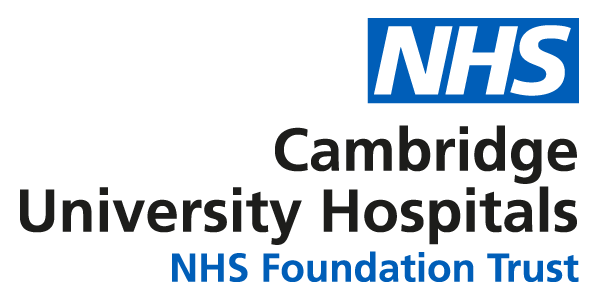General advice
To help us optimise your treatment, it is important that you have adequate pain relief. If you are suffering high levels of pain, please seek advice from your pharmacist or GP.
- If the ankle is swollen, rest with the leg supported in elevation. A small amount of swelling and mild aches and pains are expected following an ankle operation or injury.
- Using ice can help reduce pain and swelling. Wrap some crushed ice or a bag of frozen peas in a towel and apply to the ankle for 15 to 20 minutes. Repeat regularly until swelling subsides.
- Do not use ice if you have any of the following conditions: Raynaud’s disease, arteriosclerosis, peripheral vascular disease, vasospasm, cryoglobulinemia, cold urticaria.
- If you have cardiovascular problems or reduced skin sensation, seek advice from your physiotherapist before using ice.
- Follow your doctor’s advice regarding how much weight to put on the foot. You will be able to gradually increase this as pain and swelling subside. You may need to use crutches for a short time to avoid limping.
- If you have had an operation, keep wounds clean and dry. Do not soak in a bath until the wounds are fully healed. Wear a waterproof dressing to take a shower.
- Do simple exercises (shown overleaf) to increase the range of movement in your ankle. Your physiotherapist will advise you on which ones are appropriate.
- The following exercises should be performed . . . . times a day. If you are struggling with the exercises due to pain or swelling, reduce the repetitions to a manageable level.
- If the ankle becomes hot, red or uncomfortably swollen please contact your GP.
Ankle exercises
1. Ankle circles
Rotate your ankle in a circle. Repeat . . . . times then change direction.

2. Ankle pumps
Bend and straighten your ankles briskly. If you keep your knees straight during the exercise you will stretch your calf muscles.
Repeat . . . . times.

3. Deep calf stretch
Stand with one foot in front of the other holding on to a support. Keep the feet pointing forwards. Bend both knees and let the weight of your body stretch your calf without lifting the heel off the floor. You should feel a stretch in the lower calf of the back leg.
Hold for . . . . seconds then relax.
Repeat . . . . times.

4. Calf stretch
Stand with one foot in front of the other holding on to a support with the leg to be stretched straight behind you, and the other leg bent in front of you. Lean your body forwards pushing the back heel towards the ground. You should feel the stretch in the calf of the straight leg.
Hold for . . . . seconds then relax.
Repeat . . . . times.

5. Heel raises
Standing with support, push up on your toes.
Hold for . . . . seconds then lower your heels to the ground.
Repeat . . . . times.

6. Calf stretch
Sit with towel or strap around foot. Pull top of foot toward your body so that you feel a stretch.
Hold for . . . . seconds then relax.
Repeat . . . . times.

7. Heel dips and raises
Stand on a step with both heels over the edge. Hold on to a support. Let the weight of your body stretch your heels towards the floor.
Hold for . . . . seconds. Then raise up onto tiptoes.
Hold for . . . . seconds.
Repeat . . . . times.

8. Balance
Stand on one foot. Keep your balance.
Hold for . . . . seconds
Repeat . . . . times.

Pain relief
To help us optimise your treatment, it is important that you have adequate pain relief. If you are suffering high levels of pain please seek advice from your pharmacist or GP.
Further advice
Please be aware that this handout is to be used as a guide. If you find these exercises painful, please seek advice from your physiotherapist or GP.
Contacts
Please contact our reception on 01223 216633 to leave a message for your physiotherapist, or to enquire about appointments.
We are smoke-free
Smoking is not allowed anywhere on the hospital campus. For advice and support in quitting, contact your GP or the free NHS stop smoking helpline on 0800 169 0 169.
Other formats
Help accessing this information in other formats is available. To find out more about the services we provide, please visit our patient information help page (see link below) or telephone 01223 256998. www.cuh.nhs.uk/contact-us/accessible-information/
Contact us
Cambridge University Hospitals
NHS Foundation Trust
Hills Road, Cambridge
CB2 0QQ
Telephone +44 (0)1223 245151
https://www.cuh.nhs.uk/contact-us/contact-enquiries/

